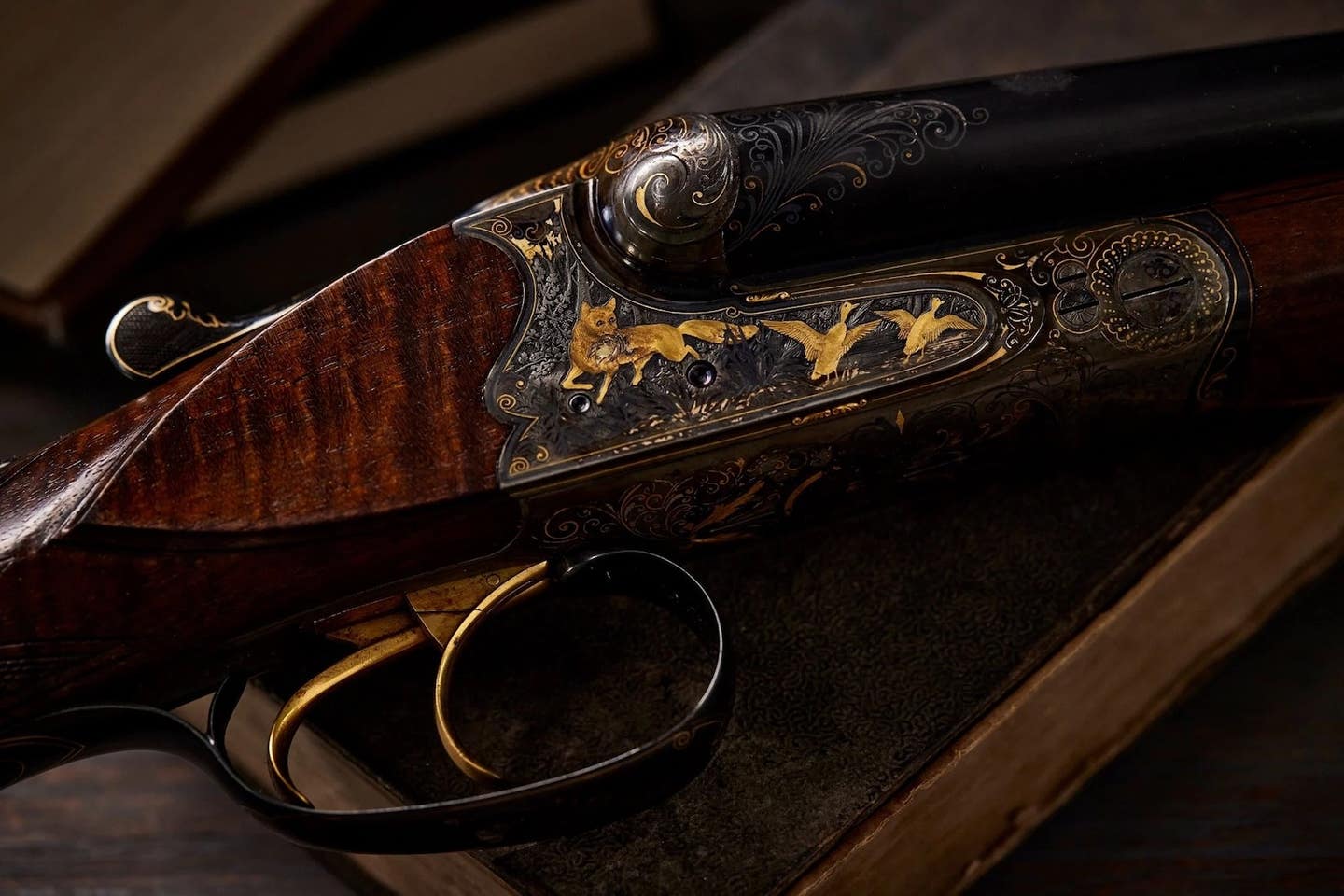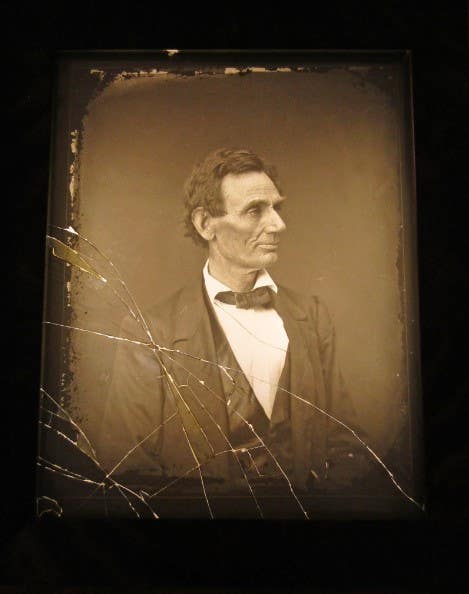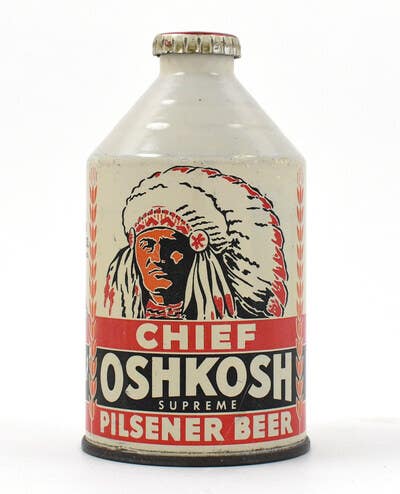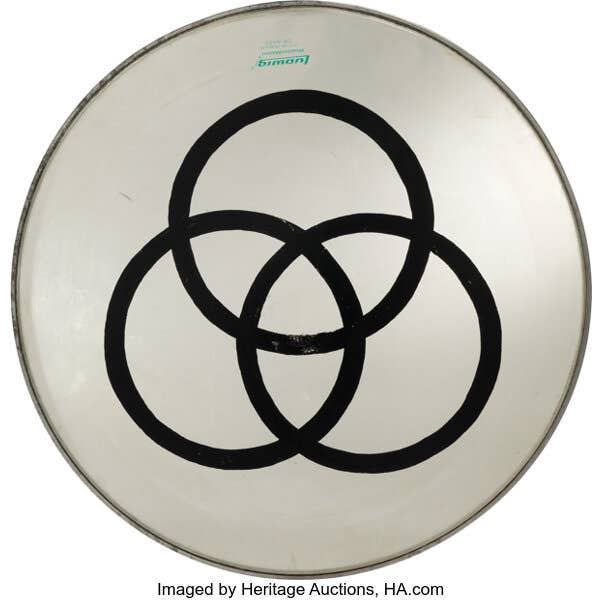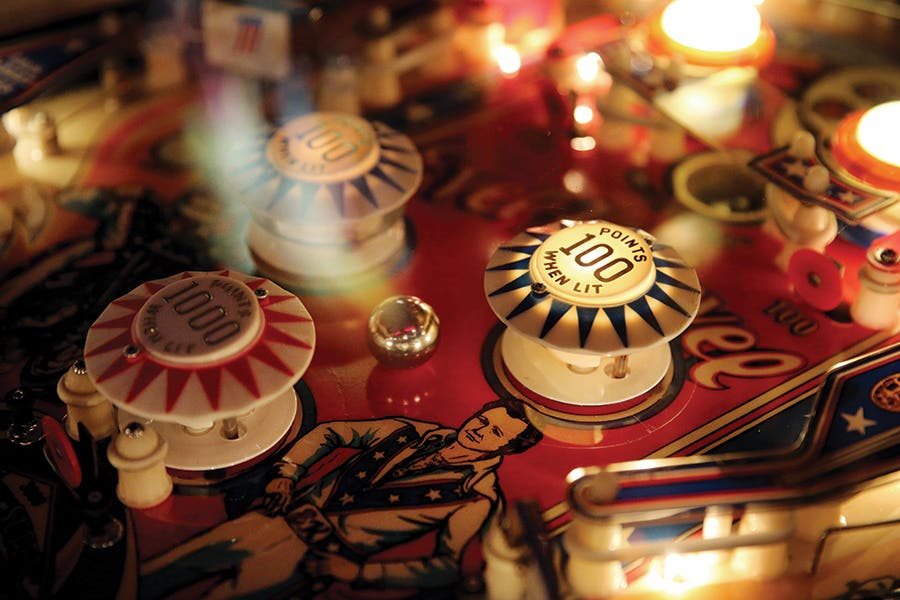Simple Terms: Accurate descriptions are important
At what point did the words “antique,” “collectible” and “vintage” become interchangeable? Dr. Anthony Cavo runs down common mistakes sellers make in their antiques and collectibles definitions.
By Dr. Anthony J. Cavo
I can’t hold it in. I’m going to complain. Complaining is not something I often do. In fact, I think the last time I complained was in 1979 during the Carter Administration when gasoline was rationed. Today, however, I read something about which I would like to grumble. If you collect antiques of any type, you’ll know exactly what I mean.
Mis-steps in defining age
At what point did the words “antique,” “collectible” and “vintage” become interchangeable? Although I do find the misuse of these words irritating it was a new designation I encountered that kicked off the nuclear football. While looking at items on Etsy today I came across something listed as “Pre-vintage.” Pre-vintage? Seriously? This is a wine term that refers to the cleaning, testing and overall maintenance of a vintner’s equipment prior to the harvest of grapes.
What did I miss, I asked myself. I was completely lost. I’d never heard this term used in the antique/collectible/vintage world before. I tried to make a connection but the synapses were not cooperating, so I contacted the dealer to ask what “pre-vintage” meant.
This was the dealer’s response.
What does 'Pre-Vintage' mean?
“‘Pre-vintage’ means they are not brand new but are not old enough (20 years) to be truly ‘vintage’. They could be 10 or 15 years old or something. I hope this clears things up for you.”
Uh, no. “Ten or fifteen years old or something”? Does this include something that is eleven years old or only something that is 10 or 15 years old? Or something? Thanks for the clarity. So, to be classified as “pre-vintage” an item has to “be 10 or 15 years old or something.” I could be wrong, but I believe that everything is “something” so the term is rather broad and incredibly noncommittal. I’ll have to use that criteria on my next appraisal.
No, sorry to say this did not clear things up for me. When I see “pre-vintage” I think of other “pre-” words: pre-dawn, pre-historic, pre-Colombian, pre-war, pre-teen, premature. These are all words that describe a period of time prior to the era or time period it references. The prefix “pre-” informs us that something is early, in advance of, beforehand, prior to, before, or in front of. So, to me, “pre-vintage” describes something that pre-dates “vintage,” but “vintage” what? Pre-vintage is a completely nebulous term that tells us a vendor doesn’t want to list something as “used.” Please, do not use this term to describe your items and challenge any dealer who does use it.
I interpret this particular dealer’s explanation to mean that “pre-vintage” indicates that an item is not old enough to be identified as vintage, just as the term preteen indicates someone not old enough to be considered a teen but given enough time will become a teen. However, the word “teen” is descriptive of a definite time period unlike the word “vintage” which, in itself, is an imprecise term at best. I suppose that tacking the word “vintage” to an item implies age and value to the unwary. To me, it’s the antique dealer equivalent of the shady car dealer selling a car “that has never had an accident and was driven by a little old lady only on Sundays.”
'Vintage'
Now that the “vintage” word is out of the box, here comes my second complaint in thirty-nine years (boy, I’m getting good at this). It seems to me that describing something as “vintage” is a vague designation, but let’s see what Merriam-Webster has to say about this word.
The first and second definitions for the word “vintage” have to do with wine and the word is always accompanied by a date. Would you buy a bottle of wine that simply had the word “Vintage” on the label unaccompanied by a date. You’d naturally ask, “What year?”
It is the third definition that is of interest to the antique world. Merriam-Webster’s third definition for the word “vintage” is:
“3 a: a period of origin or manufacture // a piano of 1845 vintage
b: length of existence: AGE”
When an antique dealer uses the word “vintage” to describe an item it actually reveals nothing about that item unless it is used with a date or even an era. To describe something as “a vintage 1865 photograph,” “a vintage late-Victorian settee” or “a vintage 1983 Cabbage Patch Doll” tells us quite a bit if you are familiar with photographs, Victorian furniture or Cabbage Patch Dolls. The word “vintage” alone tells us not much. If you plan on using the word “vintage” to describe items in your stock, remember that the word is incomplete and uninformative without a date.
What about 'antique'?
Another word people, especially on-line sellers, like to casually use is the word “antique.” Everything on eBay and Etsy is “antique,” even if it’s not an antique. Because the word “antique” is used to describe an item doesn’t mean it is an antique, however; it often means the seller does not know their merchandise.
When buying “antiques” you cannot assume a piece is an antique because the dealer tells you so. You must educate yourself enough to know if something is an antique without being told.
What makes something an antique and how is that determined? People often ask me how I go about dating an antique and I usually respond by saying that I typically begin by looking for the granny with the best legs.
The legal definition of 'antique'
After that, I usually tell them the following information. “Antiques,” in the broadest sense, and based on the current accepted and legal definition of the word are simply defined as any man-made object that is over one-hundred years old. As comprehensive and inexact as that may be, most “antique dealers” would agree with this uncomplicated, rather simple definition. The one-hundred year old designation used to define the word antique is not an arbitrary number; there is a legal basis to this definition. In 1930 the Smoot-Hawley Tariff Act raised duties on imports by as much as 50 percent in an attempt at improving commerce for American goods. Initially this increase was meant to protect American agriculture; however, it progressed to include industrial products as well, but excluded antiques. This exclusion required a precise definition of what an antique was. The Smoot-Hawley Act defined an antique as “works of art (except rugs and carpets made after the year 1700), collections in illustration of the progress of the arts, works in bronze, marble, terra cotta, parian, pottery or porcelain, artistic antiquities and objects of ornamental character or educational value which shall have been produced prior to the year 1830.” Items exempted from the Smoot-Hawley Tariff Act were genuine antiques, which were defined as ‘items of quality craftsmanship produced before the era of mass production,” with the “era of mass production” being defined as having begun about one-hundred years earlier, or circa 1830. The Federal Trade Commission defines an antique as “an item that’s at least 100 years old,” and the U. S. Customs service states that to be considered an antique an item “must be at least 100 years old.”
In 1966, the United States passed a new tariff act that allowed duty-free importation of “antiques made prior to 100 years before their date of entry.” Many other countries already had such an act in place.
Before them all come antiquities
Antiquities are, strictly speaking, decorative, functional, or architectural artifacts from ancient times, which is the time prior to the Middle Ages, or roughly prior to 1066 A.D.
'Collectible'
A collectible is any item made or manufactured by man that is widely sold and collected. These items may originally have been made to be collected, such as postal first day covers, baseball cards, trade cards and premiers, or may have been created for utilitarian purposes such as stamps, cookie jars, comic books or even Beanie Babies. There is no legally established age for a collectible but they are typically not old enough to qualify as antiques. The term “vintage collectible” is a broad term that has become widely accepted to mean a collectible that is more than fifty years old.
'Memorabilia'
Memorabilia are not antiques and may or may not be collectibles; they are simply items that cause one to remember events of “the old days” or a bygone time in which they participated. Items from the 1940s, 1950s, 1960s and so on that evoke memories of those days to one who lived then are memorabilia. By the years 2040, 2050 and 2060 they will no longer be considered memorabilia as they pass into the realm of antiques at which time flip phones and iPods will be memorabilia.
'Retro'
The word retro is from the Latin for “backwards.” Loosely applied it can be used to indicate something old-fashioned or vintage 1940s, 1950s or 1960s. More specifically the word “retro” is used to describe a style, as in retro-fashion, or a period of time as in 1950s retro. While “retro-style” may be applied to something brand new, a date plus the word retro, as in 1950s-retro, typically refers to something from the time period.
What's confusing about 'Victorian'?
Another descriptive word that is carelessly applied to items on-line, in shops, at shows and flea markets is the word “Victorian”; vendors on eBay are especially careless when using this word. The inappropriate use of “Victorian” as a description is, in the very least, careless and fraudulent at most. I often think of how many trusting buyers own something they believe to be from the Victorian era that might actually be from the twentieth century.
Today I did a search on eBay using the words “Victorian necklace.” There were 5,733 results. I chose the 200 items per page option and in the first two-hundred items found six necklaces that were truly from the Victorian era, which comes out to a dismal three percent. To examine all 5,733 items would be time consuming and pointless; I would expect to find pretty much the same result. On items that are truly from the Victorian era, dealers should be as precise as possible. Historically, the Victorian era began with Victoria’s ascent to the British throne in 1837 and ended with her death in 1901; however, styles and fashion did not suddenly change on those dates. What was in vogue in 1837 was certainly out of fashion by 1901, so what exactly does the word “Victorian” describe? It describes a time period but not a style. Victorian furniture, for example, is a mixture of Elizabethan, Gothic, Neoclassical (Empire), Tudor, Rococo and Louis XV styles.
Is it early Victorian, late Victorian, Empire, Arts and Crafts Eastlake. Dealers must familiarize themselves with the characteristics of each style and at the very least inform their customers if a piece was made early or late during the Victorian era. If you are want to be identified as an antique dealer then you must know antiques. If you want to collect antiques, then you must know antiques. Read, buy price guides, buy books about furniture, decoration and design. These books are available on-line, many are used and very inexpensive. Start small, buy a book about Victorian furniture, read it, study the photos, then go out in the field to shops, shows and flea markets and test yourself. If you are in the business this is something you should do. If you are a collector this is something you should love to do.
With all the available information in books and online there is little reason for antique dealers to make major errors. I believe antique dealers have an obligation to identify and describe their goods as best they can and at the very least to not misidentify them; however, there are no laws that demand this nor any license required to identify yourself as an antique dealer. Uninformed “antique dealers” who misrepresent their stock, intentionally or unintentionally, and assign arbitrary prices make buyers wary and that wariness can quickly become mistrust. You cannot assume the antique dealer knows so you must know. My best advice, therefore, when buying “antiques” is the age-old warning, caveat emptor.
Provenance is wonderful, but resist the “it came from a 92 year old lady who got it from her mother” story. This type of history is often apocryphal and unreliable. This “provenance” in no way establishes an item as antique. A 92-year-old woman could have received something from her mother 30 years ago and the most that statement says about a piece is that it is at least 30 years old UNLESS we know about the piece independent of the story.
Perhaps the most misused word of all: 'Rare'
Lastly, I’d like to complain about the use of the word “rare” (this complaining is addictive). In the same “Victorian necklace” search I found 189 “rare” pieces. Imagine! You no longer have to travel to the desert sands of Egypt or jungles of South America to encounter rarities. There are tens of thousands of rare items available at the touch of a keyboard. If you don’t believe this just type in the search words, “Rare Victorian” and there are 9,748 results.
Nine-thousand-seven-hundred-forty-eight “rare” items to choose from.
Who knew rarities were so available? If you are going to list something as “rare,” first do a search to see how many times your “rare” piece is listed. When I search for photographs I encounter thousands of “rare” images, many for a few dollars each. In a few weeks I should be able to open my own museum.
When they say “rare” I say “run” because it’s often an indication that they are not familiar with their merchandise and as such have probably over-estimated its value. What was rare twenty years ago has been rendered readily available by the internet. You no longer have to scour shops, flea markets and estate sales to locate that hard-to-find item. In truth, there are very few items that are rare unless you’re speaking about something like a Rembrandt or Van Gogh.
All sarcasm and joking aside, it is irritating to see the misuse of these descriptive terms. It gives antique dealers and the antique trade in general a bad name.
“Now I plan to take my vintage 1956, retro-mid-century modern self to my collectible-filled kitchen, sit at my Victorian Eastlake table and use some rare electrical memorabilia (Mr. Coffee), to make a pot of Joe and say a prayer that I live to become an antique.



